

 4
4
4
4
4
4
4
4
• Certain symbols are recognised under the Laws of Armed Conflict and mean that certain people and places are protected.
• Unless you are certain that these symbols are being misused, you must respect the protection that they bring.
• You must, however, still be cautious about any surrender attempt you think might be false. Goose Green (1982) provides an example of the use of a false white flag leading to the death of an officer
• As weapons technology continues to develop, how important is it that intelligent systems can recognise an accept legitimate surrender attempts?.
‘Given that the white flag is a recognized emblem in Law of Armed Conflict, it is not surprising that there are clauses in international law that discuss the use and misuse of the white flag… attacking someone while you are waving a white flag is an example of perfidy.’
‘The reason that perfidy is seen to be so serious is that it undermines the protection of those who are legitimately entitled to that protection… If…forces had acted in this manner, then opposing forces would be much less likely to believe that the display of a white flag represented a legitimate desire to negotiate and/or surrender, which means that…troops who were expressing a genuine desire to surrender were less likely to be taken seriously and thus they could have been killed, despite their desire to stop fighting and give themselves up.’
Stephen Coleman, Military Ethics: an Introduction with Case Studies, (Oxford University Press, Oxford, 2013), p228-229, 231.
